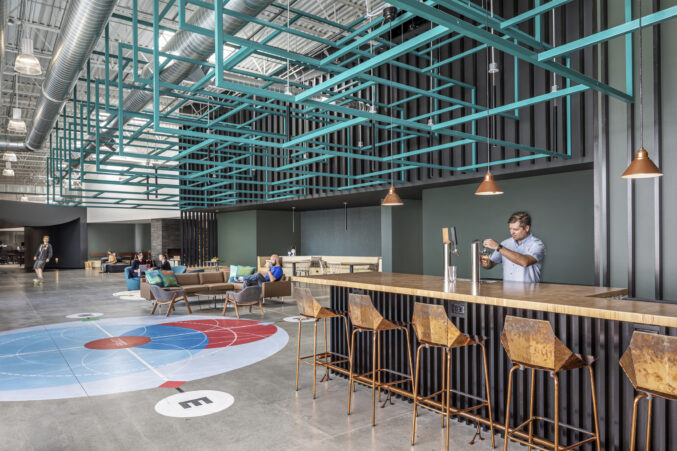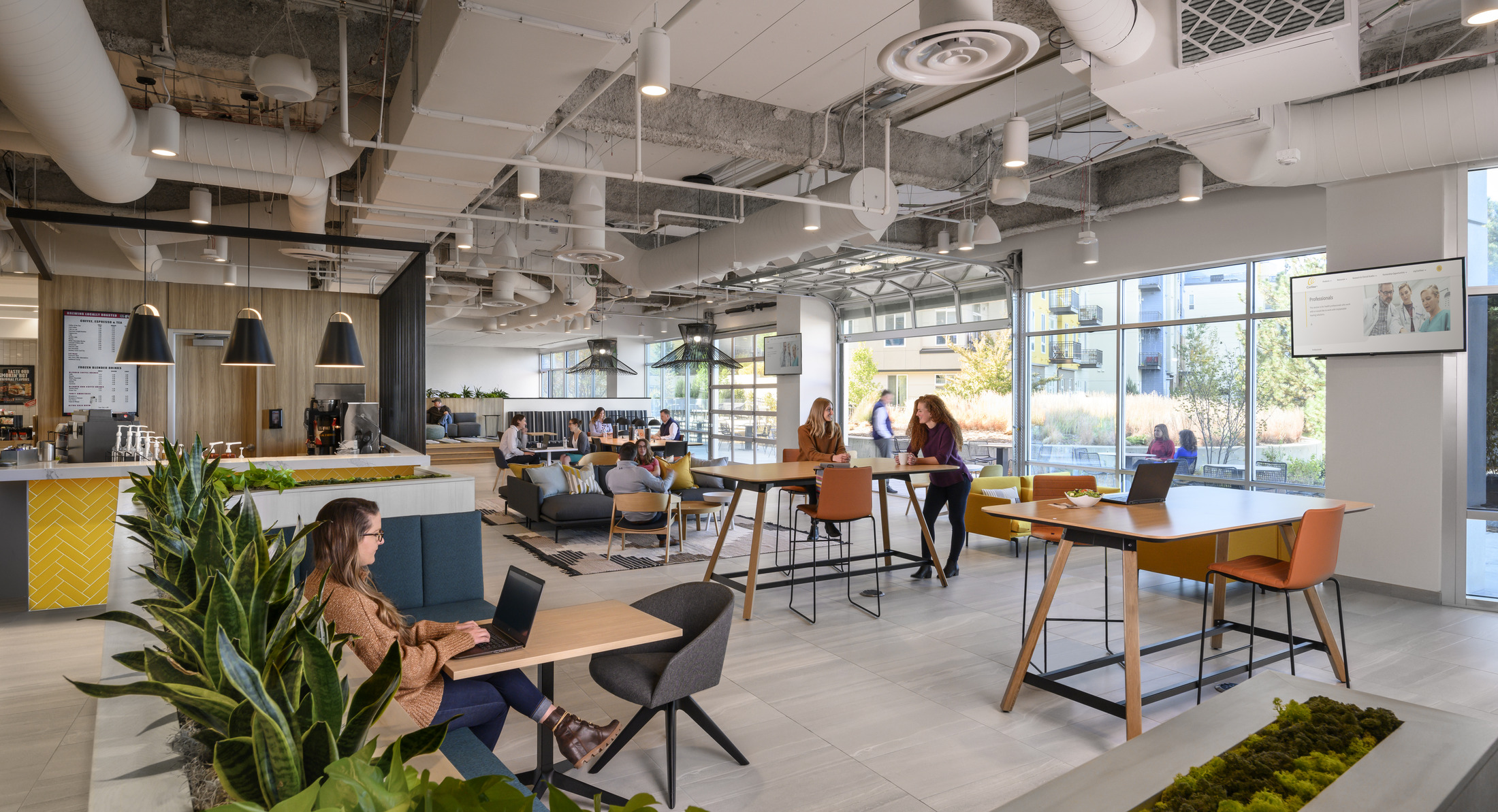The pandemic brought us remote work and it is likely to stay. Recently Frank Steemers, senior economist for the Conference Board declared, “It’s probably going to be one of the main organizational legacies of the pandemic.”
Yet a vast difference of opinion has surfaced across industry types over bringing employees back to the office. One example, JPMorgan Chase and Goldman Sachs have called all their staff in the US back to the office while European banks are scheduled to return more cautiously and with an attitude of flexibility in the office. And many top executives who have now returned to the office are having a hard time convincing their staff to join them.

Working from home has changed today’s employees. It has been a full year. Remote workers are used to a lot more independence. They have not had the typical oversight of years past and they likely place much more value on their time with family and their personal priorities.
David Pauleen, a professor at the School of Management at Massey University in New Zealand comments, “Some employees might bristle if this management trust in employee capabilities to work more autonomously suddenly ceased.” Everyone just does not have the same desire for coming to the office as they may have had before.
A recent Harvard Business School/City Square Associates online survey of nearly 1,500 professionals who worked remotely from March 2020 to March 2021 cited that 61 percent of employees said they would like to work from home 2-3 days per week; only 18 percent said they would like to return to the office full time, and 1 in 3 surveyed said their overall performance and quality of work was better than the year prior.
Thus, managers must reevaluate their relationships with these individuals and literally, start over. Much has changed this year. It is going to take at least three to six months to rekindle these relationships and assess exactly how things have changed. Productivity has seen a marked change. How will it be measured going forward? And is it necessary to have workers be present in the office to ensure they are productive?
How do managers encourage interaction and synergy in the office? The answer is not demanding or forcing this activity. Employees must want to be at the office. Different employees have different needs. Some will see the return to the office as a positive, others a negative, and others simply want to get the work done. The best managers will realize all these needs as legitimate and valid.
[img-credit align=”alignnone” id=” 855342″ width=”677″] [/img-credit]
[/img-credit]
Added benefits may assist with this transition. Many companies are investing in curated environments for their employees to draw them back in. On-site childcare and medical care may be legitimate draws. And hotel-like amenities such as fitness centers, conference centers, outdoor space, and on-site refreshments and snacks are encouraging more informality at the office. Companies must work harder than ever to convince their workers why the office is a beneficial and important destination. It must feel different than the pre-pandemic office.
The remote shift has been a positive for many companies. They can reduce their annual compensation levels, workers can work remotely from any state, and these companies can grow revenue significantly.
Today’s office will be a hybrid model with people in the office and people at home. This is more challenging than all workers in or all workers out, but those companies that master this reality and do it well will thrive.
The following are a few suggestions on how companies can reimagine today’s office space:
- Create areas for spontaneous collision and connection.
- Create additional informal areas for brainstorming and separate formal areas for heads-down work.
- Add beer or drink taps in social areas.
- Add quiet spaces like libraries that employees want to be in.
- Serve snacks at the end of the day to get staff together.
- Offer on-site haircuts to encourage staff to come on-site.
- Provide breakfast and lunch to “draw“ staff to the office.
- Reconfigure office spaces to create fewer “rows“ of desks and a more relaxed atmosphere.
- Boost WiFi availability and add power locations for plug and play anywhere in the office.
- Add additional fluid, flexible conference rooms with increased technological capabilities.
- Pay individuals more who work in the office regularly.
- Utilize special video monitors that make all participants look identical whether they are in the office or not; increase the visual quality of video chats.
- Create spaces for learning environments where individuals can learn together.
- Encourage remote work but also encourage a regular schedule for being in the office.
- Create a “touchless” experience from parking, within the building, and throughout the office.
Jo Staffelbach Heinz is a Dallas-based principal at DLR Group / Staffelbach.





